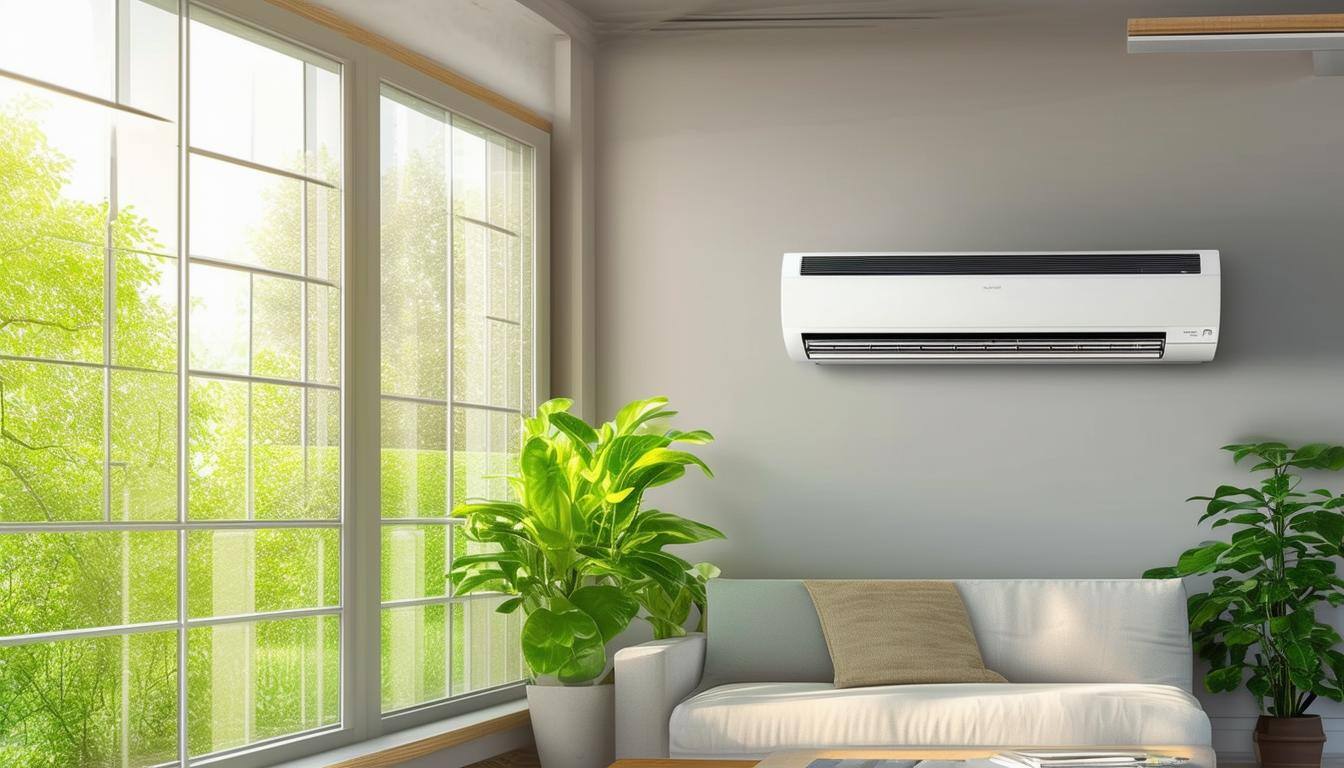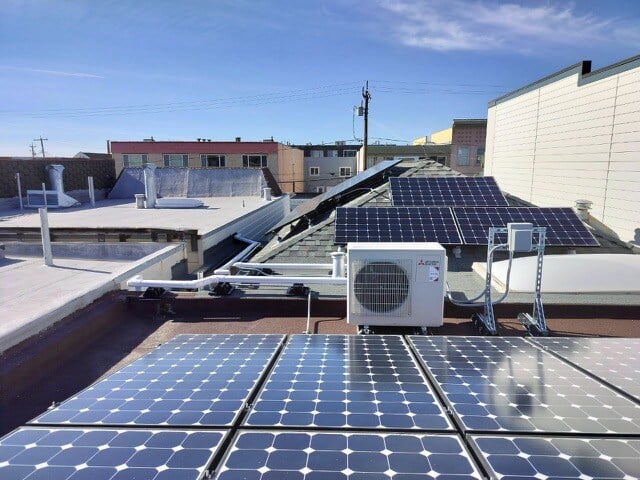Why Insulate Your Garage? It’s More Than Just Temperature Control.
Insulation upgrades are one of the most energy-efficient home improvements that can yield a great return on investment (ROI) when you sell your home.
Here are some top benefits of adequate garage insulation:

- Cut energy waste in your home
- Protect the structural integrity of your house
- Reduce moisture intake into your home
- Increase the health of your indoor air quality
- Create a more comfortable home year round
How Does Insulating Your Attached Garage Keep Your Home Comfortable?
In the summer, your garage can feel like an oven, and in the winter, it can feel like an extension of your refrigerator. All the hot and cold air that gets trapped in your attached garage can move into your home if it is not blocked by an effective thermal boundary.
The thermal boundary is the barrier that separates your home's conditioned space from unconditioned areas or the outdoors. An effective thermal boundary is key to maintaining a comfortable indoor temperature and reducing energy costs.
Not-so-fun-fact: Did you know that the average American home loses 25-30% of its energy through drafts and poor insulation? Replacing inefficient windows can make a big difference, as well as insulating your garage.
The Role of Insulation and Air Sealing
Creating an effective thermal boundary relies on two main components: insulation and air sealing.
- Insulation slows down heat transfer between your home and the outside environment.
- Air sealing closes gaps and cracks that allow air to move in and out of your home.
When properly installed, these work together to form a robust defense against temperature fluctuations.
Is Your Attic Part of the Problem?
One more consideration: It’s highly likely that your attic insulation, or lack thereof, is contributing to your home’s discomfort and energy waste. Fortunately, if your house qualifies, you can get important insulation upgrades – such as your garage ceiling and walls, attic, and crawl space – for zero or very little upfront cost. Learn more about the available government rebates and incentives here.
Pros and Cons of Insulating Your Garage
Yes, there are pros and cons…but mostly pros. As home energy efficiency experts, we can confidently say that insulation is one of the best home upgrades available.
Benefits of Garage Insulation:
- Energy Efficiency: Keep your garage (and adjacent rooms) cozy year-round. No more freezing mornings or sweltering afternoons!
- Lower Utility Bills: According to the Environmental Protection Agency (EPA), upgrading the insulation and air sealing your home can reduce your heating and cooling costs by 15%.
- Increased Home Value: Homebuyers love energy-efficient upgrades. An insulated garage can be a significant selling point.
- Noise Reduction: Block out the noise from the street or those late-night DIY projects. Insulated garages are quieter and more serene.
- Extra Protection: Insulated garages help control humidity in your home and also protect your car from dead batteries in cold weather.
The Drawbacks:
- Initial Cost: Insulation can be pricey, but consider it an investment. Many states offer rebates for energy-efficient upgrades.
- Installation Hassles: DIY can be tricky. Hiring a pro can save you headaches down the line.
- Limited Impact for Detached Garages: Detached garages won’t benefit as much unless you’re converting them into a living space.
Steps to Take Before Starting a Garage Insulation Project
If you decide to upgrade your garage insulation, you’ve got options. Your best option depends on various factors, such as the year your home and garage were built and the amount of insulation already in place.
- Fiberglass insulation is a popular type of insulation that is made from glass fibers, while rock wool is highly durable and fire-resistant.
- Spray foam insulation is typically used in attics, but it can also be effective in other areas.
- Foam board is cost-effective and has a higher R-value than fiberglass.
- Cellulose insulation is an excellent insulator, particularly for garage ceilings, and is eco-friendly because it's made from recycled materials.
Be sure to consult with experts such as QuitCarbon to determine which insulation type is ideal for your garage. We can also help you apply for energy-efficiency rebates or income-based programs in your area.





